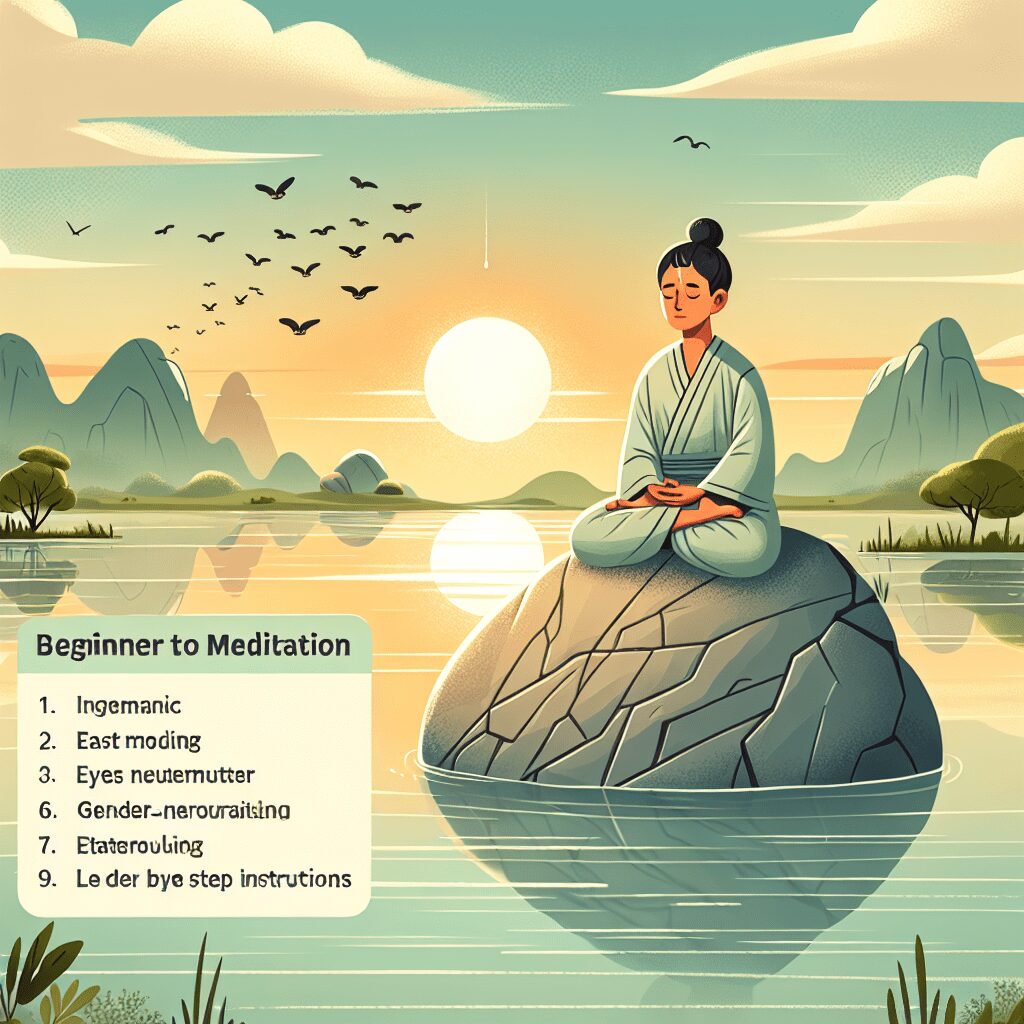
Prioritize your mental well-being daily. Enhance your life by nurturing your mental health with the Smart Meditation app. Break free from stress, alleviate anxiety, and enhance your sleep quality starting today.
How Does Yoga Help Bring The ANS Into Balance?
Unveiling the Magic of Yoga: A Path to ANS Equilibrium
In the hustle and bustle of modern life, stress has unfortunately become a constant unwelcome companion for many. It’s like we’re on a never-ending treadmill, with the “off” button nowhere in sight. The stress this generates can wreak havoc on our Autonomic Nervous System (ANS), the maestro behind the scenes orchestrating our body’s involuntary responses. But here’s the good news: yoga, an ancient practice with roots burrowing deep into the historical soils of India, emerges as a knight in shining armor, promising to restore balance to our beleaguered ANS. Let’s dive into how this mystical practice achieves such a feat, shall we?
Yoga: The ANS Whisperer
Finding the Zen in the Storm
At the heart of yoga’s benefits lies its profound impact on the ANS, which comprises the sympathetic (fight or flight) and parasympathetic (rest and digest) nervous systems. Think of the former as the body’s accelerator pedal, and the latter as the brake pedal. In today’s world, we’re flooring the accelerator far too often, and yoga helps by gently pressing on the brakes, bringing us back to a state of equilibrium.
The Breath Connection
Breath is life – and yoga places a monumental emphasis on this fact through pranayama (breath control practices). By slowing down and deepening our breath, we send a signal to our brain to relax, flipping the switch from sympathetic to parasympathetic dominance. It’s like telling your body, “Hey, it’s alright. You can chill now.” This transition fosters a sense of calm, easing stress and anxiety.
Strike a Pose
The various asanas (postures) in yoga aren’t just about flexibility; they’re designed to improve blood circulation, digestion, and detoxification, all of which contribute to harmonizing the ANS. Certain poses, like forward bends or inversions, have a soothing effect on the nervous system, acting as natural tranquilizers. Meanwhile, dynamic sequences, like sun salutations, can invigorate a sluggish system.
Meditation and Mindfulness: The Icing on the Cake
Yoga and meditation are two peas in a spiritual pod. Through mindfulness and meditation practices embedded in yoga, the mind is trained to focus on the present moment, reducing the constant chatter that often leads to stress. This mental clarity and calmness further support the ANS in finding its balance.
Implementation for Modern Yogis
So, how can we, the digital-age warriors, incorporate yoga into our lives for ANS harmony? Here’s a quick guide:
- Start Slow: Begin with gentle practices, especially if you’re new to yoga. A few minutes of deep breathing or a couple of restorative poses can set the stage.
- Consistency is Key: Make it a habit. Even a short daily practice is better than an intermittent one.
- Listen to Your Body: Remember, it’s not about mimicking the poses perfectly but rather finding what feels good for you.
- Seek Guidance: If possible, attend a class or find a certified instructor. They can customize practices to suit your specific ANS needs.
Conclusion: A Balanced ANS Awaits
Yoga offers a holistic approach to health, addressing the physical, mental, and spiritual dimensions of our being. By fostering a union between the body and mind, yoga gently but powerfully nudges the ANS back into a state of balance. It’s not merely about bending our bodies into pretzel-like shapes but about unfolding our potential for well-being and tranquility. So, why not roll out the mat and embark on this transformative journey? Your ANS, and indeed your entire being, will thank you for it.




